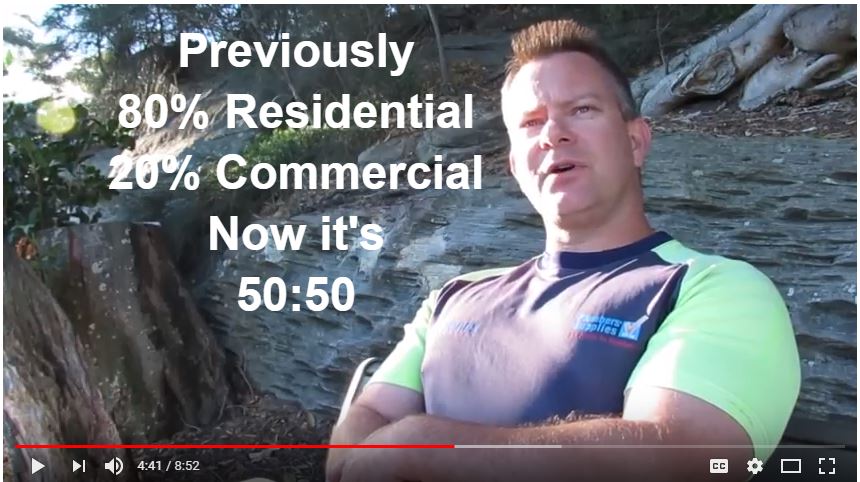Whether you are starting a business, or an old hand at it, do you have consistent work?
As I said on the resource page, I have surveyed 1,000 business owners over seven years to get these statistics.
 Their is an amazing bond between your average ‘job’s size’ and the so-called ‘ups and downs of business’.
Their is an amazing bond between your average ‘job’s size’ and the so-called ‘ups and downs of business’.
I discovered that most businesses have a high proportion of either small or large jobs and they hate those so-called ‘ups and downs’ of business.
n.b. I call it the so-called 'ups and downs' because I don't believe they exist!
Fluxuations in demand revolve around the balance of both:
your job size and
the size of your actual clients.
It's also affected by the 'ballasts' you put in place. These 'financial buffers' help you ride out unexpected economic crashes, your illnesses, going on holidays and growth opportunities (see here).
My surveys showed that businesses with 90% small jobs and 10% large jobs were in trouble.
They were making a fortune one month and scratching to pay the wages the next.
Those firms who had 60% large jobs and 40% small ones were no better off. They still experienced the roller-coaster ride, but it wasn't as violent.

Those businesses who had 50% big jobs and 50% small jobs said they had never known ‘ups and downs’.
If you are starting a business, what is your balance of small jobs to large jobs? What percentage of each do you have?
What ever happened to getting some ‘mid-sized’ jobs to balance things out?
Why not some work for nursing homes, a golf club or small office blocks?
Most people say that it’s too hard to get in to these sized companies. They say they can’t get past the receptionist or the decision maker’s assistant to meet with him.
Below, is a video of a plumber who applied the habits of my ‘The Secrets of Getting In’ course. He boosted his business by $1.7 million and added four new staff:
Don't worry about getting lost. You can get back to 'The 'Six 'B's of consistent business' Resource Page - just click/tap here.
The ‘Six ‘B’s’ of consistent business’ links are:
1. Does your business have an 'Expense Ballast' or do you worry all the time?
2. What has your ‘balance of small and large jobs’ got to do with having consistent work?
3. What is your balance of paid marketing vs FREE marketing?
4. Like Kelloggs, what’s your balance of high profit jobs vs low profit jobs?
5. What is the secret weapon - your Growth Ballast?
6. Why does cash flow consistency need a balance of small and large clients?
Hey, it's Paul Johnson here.
Are you enjoying what you are reading? Why not get regular updates? Simply complete the form below - I promise a smile on your face.
To get back to the Resource Page click here.









